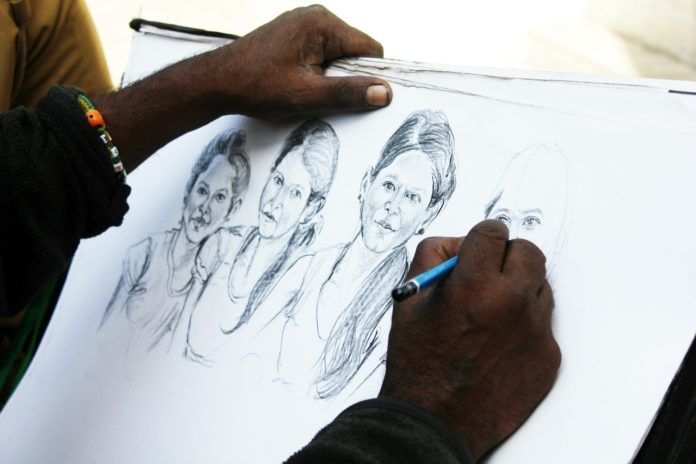The goal of the therapy was to teach art techniques for less than 30 minutes
Art can heal, they say. Now there is scientific proof that if not heal, it can at least reduce suffering in cancer patients.
A study published in the European Journal of Cancer Care has found that a dose of art can reduce anxiety and improves pain and mood in patients with blood-related malignancies. This was a pilot study on a brief bedside visual art intervention (BVAI) for which 31 patients (21 women and 10 men) were roped in. The goal of the session was to teach art technique for less than 30 minutes. The study was done by Mayo Clinic-Rochester.
The study concluded: “This accessible experience, provided by artists within the community, may be considered as an adjunct to conventional treatments in patients with cancer‐related mood symptoms and pain, and future studies with balanced gender participation may support the generalisability of these findings.”
In many advanced stages of cancer there is hardly any treatment available. Palliative care then becomes the mainstay.
63% cancer cases in the country are detected in stages III and IV. What’s more because of a law that seeks to prevent drug addiction, availability of morphine that is crucial for end stage pain alleviation is limited.
For India the findings are significant because according to estimates 63% cancer cases in the country are detected in stages III and IV. What’s more because of a law that seeks to prevent drug addiction, availability of morphine that is crucial for end stage pain alleviation is limited. In fact oncologist and author Dr Siddhartha Mukherjee of Columbia University recently wrote to prime minister Narendra Modi flagging the issue. Cancer doctors estimate that because of the very stringent Narcotic Drugs and Psychotropic Substances Act, (NDPS) 1985, only 2% cancer patients get the morphine they need.
A 2007 article in the Journal of Pain and Symptom Management estimated: “In India, a million people with cancer and an unknown number of people with other incurable and disabling diseases, need opioids for pain relief. Only about 0.4% of the population in need have access to them.” In 2008 India used an amount of morphine that was sufficient to adequately treat during that year only about 40,000 patients suffering from moderate to severe pain due to advanced cancer, about 4 percent of those requiring it.


